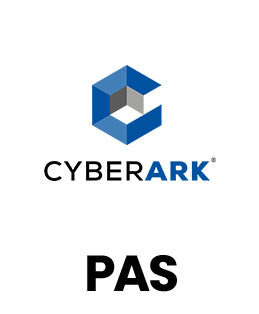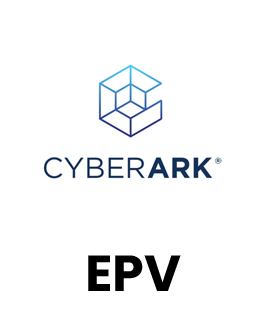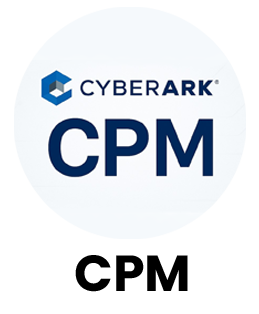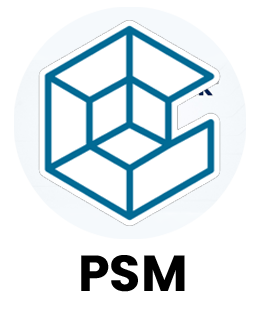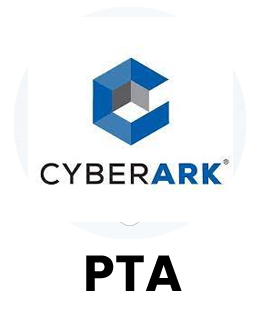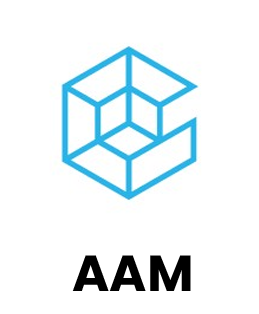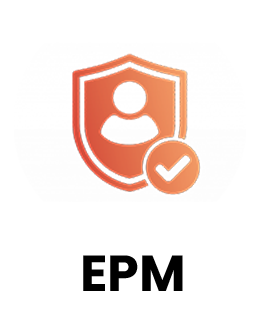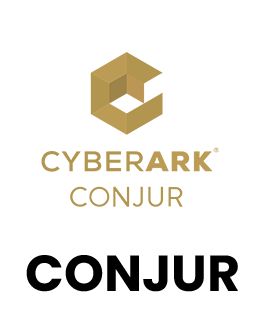1. What is Privileged Access Management (PAM)?
Ans:
Privileged Access Management (PAM) is the practice of regulating and keeping an eye on access to vital systems and accounts in an organization. It lowers the possibility of unwanted access, guarantees accountability and helps maintain compliance. PAM involves vaulting credentials, session monitoring and enforcing access policies.
2. How do Password Vaulting and Session Monitoring differ?
Ans:
Password Vaulting securely stores privileged credentials in the CyberArk Vault and manages automated rotations. Session Monitoring records and tracks privileged user activity for auditing. While vaulting focuses on protecting credentials, session monitoring ensures accountability and detects suspicious actions.
3. What is a CyberArk Vault?
Ans:
A CyberArk Vault is a secure, encrypted repository used to store privileged credentials, keys and secrets. It ensures only authorized users and applications can access sensitive accounts. Vaults support audit trails, automatic password rotation and integration with enterprise applications for secure operations.
4. What distinguishes a privileged account from a regular account?
Ans:
Privileged accounts have elevated access to critical systems, applications or databases, allowing configuration changes or administration tasks. Regular accounts have standard permissions. Privileged accounts require stricter control, monitoring and rotation to prevent security breaches.
5. What are CPM (Central Policy Manager) and PVWA (Password Vault Web Access)?
Ans:
CPM automates password management, rotation and compliance enforcement for privileged accounts. PVWA is the web interface for administrators and users to access, request or manage credentials securely. Together, they streamline PAM operations.
6. What is a CyberArk trigger?
Ans:
A trigger in CyberArk automates actions based on specific events, such as access requests, password changes or session initiations. Triggers help enforce policies, send alerts or execute scripts without manual intervention.
7. What is the difference between a Safe and a Vault?
Ans:
A Vault is the encrypted storage system for all privileged credentials, while a Safe is a logical container within the Vault that groups credentials based on applications, teams or policies. Safes simplify access control and management within the Vault.
8. What does a policy in CyberArk accomplish?
Ans:
Policies define rules for password complexity, rotation frequency, user access and session monitoring. They enforce security standards and ensure consistent handling of privileged accounts across the organization. Policies help reduce risk and maintain compliance.
9. What is a CyberArk session recording?
Ans:
Session recording captures privileged user activity in real time. It provides an audit trail for compliance and security review, allowing administrators to replay sessions, detect suspicious actions and respond to potential breaches quickly.
10. What distinguishes manual account management from automated account management in CyberArk?
Ans:
Manual account management requires administrators to change passwords, grant access and monitor usage themselves. Automated account management uses CyberArk CPM and PVWA to rotate credentials, enforce policies and monitor sessions automatically, reducing human error and improving security.

